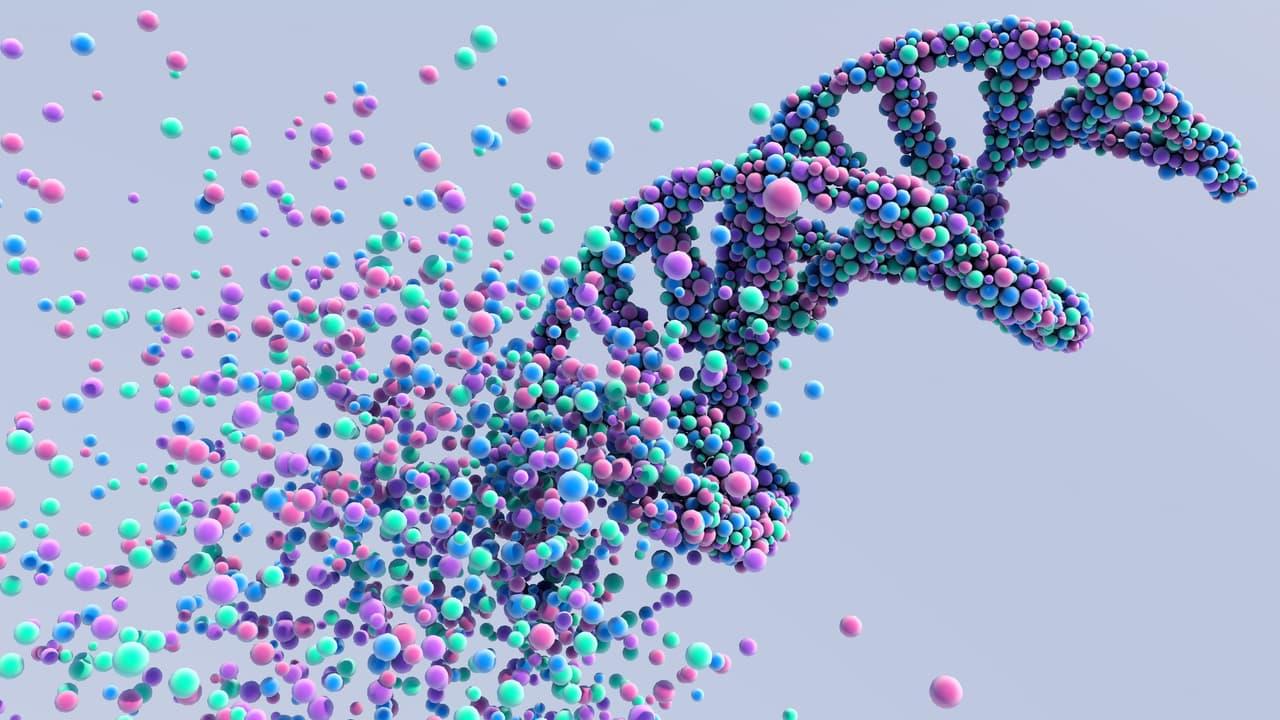Tiny Protein Pairs May Unlock The Mystery Of Life's Earliest Origins
For billions of years, life has relied on the genetic code - the universal set of instructions that tells cells how to grow, divide, and survive. But how did this code first arise? A new study from the University of Illinois suggests the answer may lie in something surprisingly small: pairs of amino acids known as dipeptides.
Researchers analyzed billions of these molecular pairs across thousands of species, uncovering a hidden evolutionary connection between the genetic code and dipeptides. Their results suggest these tiny protein fragments may have played a critical role in the earliest stages of life, long before complex genes and proteins emerged.
“We found that the origin of the genetic code is mysteriously linked to the dipeptide composition of proteins,” said Gustavo Caetano-Anollés, senior author of the study.
Life's Two Languages
Every living organism relies on two codes. The genetic code is written in DNA and RNA, while the protein code comes from chains of amino acids that fold into enzymes and other molecular machines. Normally, the ribosome - the cell's protein factory - bridges the two languages. But the Illinois team suggests dipeptides may have been the first translators, carrying structural and functional information that helped early proteins take shape.
A Molecular Time Machine
To explore this idea, the researchers analyzed 4.3 billion dipeptide sequences from more than 1,500 organisms representing all three domains of life: archaea, bacteria, and eukaryotes. They compared these data to timelines of tRNA evolution and protein domain history. Remarkably, all three lines of evidence told the same story - dipeptides emerged in a clear sequence that mirrors the expansion of the genetic code itself.
Another surprising discovery was that dipeptides often appeared alongside their“mirror images.” For example, the pair alanine-leucine (AL) frequently evolved in step with its reverse, leucine-alanine (LA). This duality suggests the pairs were encoded by complementary strands of primitive genetic material, hinting at an ancient and balanced design in the very first proteins.
Why It Matters
These findings not only shed light on the deep history of life but also point toward the future of biotechnology. Understanding how dipeptides shaped the earliest proteins could help scientists improve genetic engineering, synthetic biology, and biomedical innovation.
“Synthetic biology is beginning to see the value of an evolutionary perspective,” Caetano-Anollés explained.“Nature has already solved many design challenges, and by learning from these solutions, we can build better tools for the future.”
The study, published in the Journal of Molecular Biology, shows that even the smallest building blocks of proteins may hold the secrets to life's origins - and to the technologies that will define tomorrow.
Legal Disclaimer:
MENAFN provides the
information “as is” without warranty of any kind. We do not accept
any responsibility or liability for the accuracy, content, images,
videos, licenses, completeness, legality, or reliability of the information
contained in this article. If you have any complaints or copyright
issues related to this article, kindly contact the provider above.
Most popular stories
Market Research

- Ozak AI Partners With Pyth Network To Deliver Real-Time Market Data Across 100+ Blockchains
- Blockchainfx Raises $7.24M In Presale As First Multi-Asset Super App Connecting Crypto, Stocks, And Forex Goes Live In Beta
- B2PRIME Secures DFSA Licence To Operate From The DIFC, Setting A New Institutional Benchmark For MENA & Gulf Region
- BTCC Summer Festival 2025 Unites Japan's Web3 Community
- From Zero To Crypto Hero In 25 Minutes: Changelly Introduces A Free Gamified Crash Course
- BILLY 'The Mascot Of BASE' Is Now Trading Live On BASE Chain






















Comments
No comment